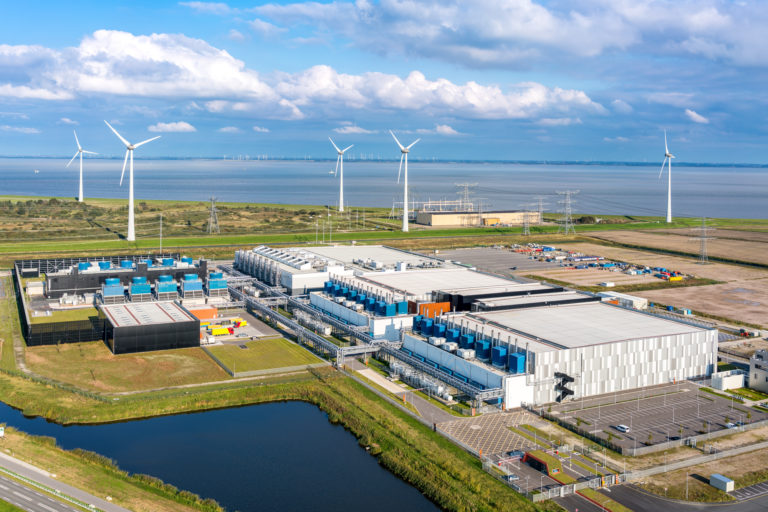There is no denying that the rapid development of information and computer technology (ICT) has helped in the advancement of various fields like medical, research, education, statistics, etc. The integration of ICT into various professional fields has harbored positive labor and now many organizations are pushing to do so. Simple acts like videoconferences have proved to cut down carbon emission by reducing the movement of people.
Even during global emergency situations like the pandemic caused by COVID-19, technology has made it possible for people all around the world to work from home without any obstacles and be updated with the latest information with one click. Not only the working population, the Internet and technology has helped to connect people with their families and elders anytime and anywhere. Along with it, students are now able to attend online classes from their home. All these actions wouldn’t be possible without the rapid advancement of ICT.
We are so hooked onto modern technologies and gadgets that it has become difficult to function daily activities without it. Also, the storage of data and information into cloud system has made working easier. To all these systems work efficiently, data centers are constructed at various locations around the world. These centers are places where computing and networking data are stored, collected and analyzed in a secure way. Without these centers, it would be impossible to reach the tech savvy world that we are currently living in.
With the ongoing list of advantages, the technology industry has been glamorized as clean but it definitely has contributed to changing climates and increasing temperatures directly or indirectly.
How can data centers impact the environment?
Data centers are vital to the 21st century technology. Without these centers, it would be impossible to get any type of data at the time you wish to get. It needs to run 24/7 and ultimately overheats. Thus, cooling systems are needed to run it and to operate these systems tons of greenhouse gases are produced. Most of these data centers use air-cooling systems, which are known to consume more electricity and that electricity is run on fossil fuel in almost all cases. The global consumption of electricity by data centers alone is 3% and it is the same amount as that of the aviation industry. In the ICT industry, 17% of the carbon emission is contributed by data centers alone. With 5G coming into the picture, it is predicted that the emission of greenhouse gases will increase, as the workload of data centers will increase exponentially. Similarly, the communication industry consumes unto 20% of the total electricity production.
What can be done?
The contribution of data centers to greenhouse emissions have been highlighted by various organizations like Greenpeace for a few years and only now, giant tech companies are putting effort to make their energy consumption green and clean. Various companies like Google and Apple have pledged to make their data centers run on alternative green energy. Google is now using seawater instead of cooling systems that run on fossil fuel. Water cooling systems are more efficient in terms of energy consumptions and is also more effective that air-cooling. Google is also taking their first steps to use artificial intelligence (AI) to improve efficiency of their data centers. Some institutions have taken a different approach and started to keep their data centers underground or in northern places which have access to water body. Ireland is one of the countries where majority of the data centers are located. Along with energy efficiency, various data centers have started to do various acts like data compression, reducing servers and clearing out unused servers. Google's new data center established at NetherlandsWhat can we, as an individual, do?In this modern age, it has become very difficult to part with technology. The viable solution to decreasing carbon footprint of the IT industry is to urge companies to run on renewable energy. It is also the responsibility of the consumers to push companies to go green and from their part; they should try to use technology in a sustainable way.
Google's new data center established at NetherlandsWhat can we, as an individual, do?In this modern age, it has become very difficult to part with technology. The viable solution to decreasing carbon footprint of the IT industry is to urge companies to run on renewable energy. It is also the responsibility of the consumers to push companies to go green and from their part; they should try to use technology in a sustainable way.
 As users of technology and network, we should opt to use Wi-Fi and lessen the use of 3G and 4G as it will decrease the workload of data centers. Rather than seeing videos in 1080p or impatiently streaming it, we should use it in default mode or in lower pixels. If there is no use of Internet, it should be turned off. The same goes for IT equipment, gadgets and computers that are sitting idle. These actions can help to save energy and ultimately lessen carbon emissions even if it is a small step. Finally, no other action than the simple deed of planting a tree is the best way forward to a greener future.
As users of technology and network, we should opt to use Wi-Fi and lessen the use of 3G and 4G as it will decrease the workload of data centers. Rather than seeing videos in 1080p or impatiently streaming it, we should use it in default mode or in lower pixels. If there is no use of Internet, it should be turned off. The same goes for IT equipment, gadgets and computers that are sitting idle. These actions can help to save energy and ultimately lessen carbon emissions even if it is a small step. Finally, no other action than the simple deed of planting a tree is the best way forward to a greener future. Chetna is a graduate in Environmental Science from Nami College. She has worked with WCN/NPP projects since 2017. Chetna is also a Wedu Rising Star fellow. She can be reached at chetnag97@gmail.com



 As users of technology and network, we should opt to use Wi-Fi and lessen the use of 3G and 4G as it will decrease the workload of data centers. Rather than seeing videos in 1080p or impatiently streaming it, we should use it in default mode or in lower pixels. If there is no use of Internet, it should be turned off. The same goes for IT equipment, gadgets and computers that are sitting idle. These actions can help to save energy and ultimately lessen carbon emissions even if it is a small step. Finally, no other action than the simple deed of planting a tree is the best way forward to a greener future.
As users of technology and network, we should opt to use Wi-Fi and lessen the use of 3G and 4G as it will decrease the workload of data centers. Rather than seeing videos in 1080p or impatiently streaming it, we should use it in default mode or in lower pixels. If there is no use of Internet, it should be turned off. The same goes for IT equipment, gadgets and computers that are sitting idle. These actions can help to save energy and ultimately lessen carbon emissions even if it is a small step. Finally, no other action than the simple deed of planting a tree is the best way forward to a greener future.